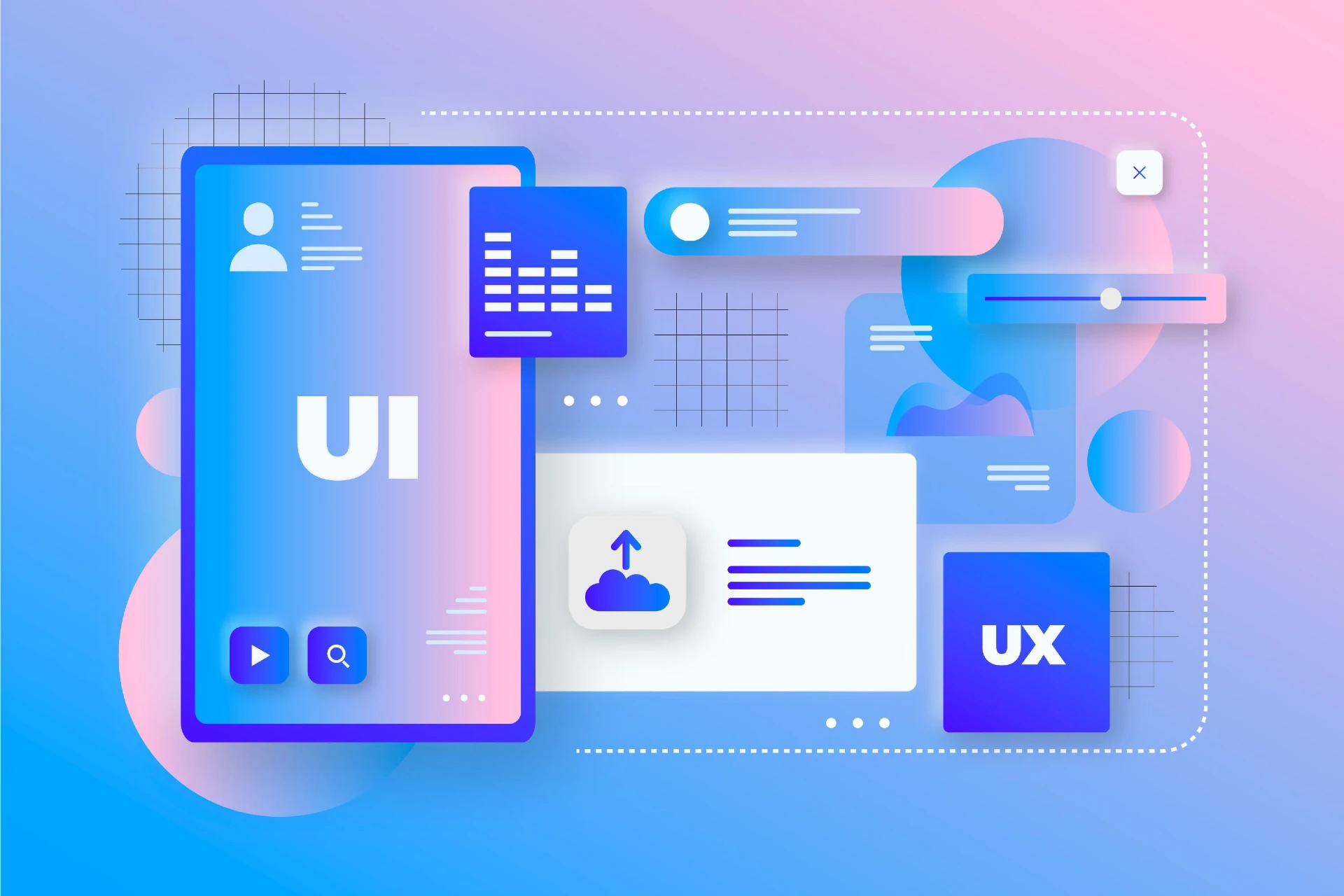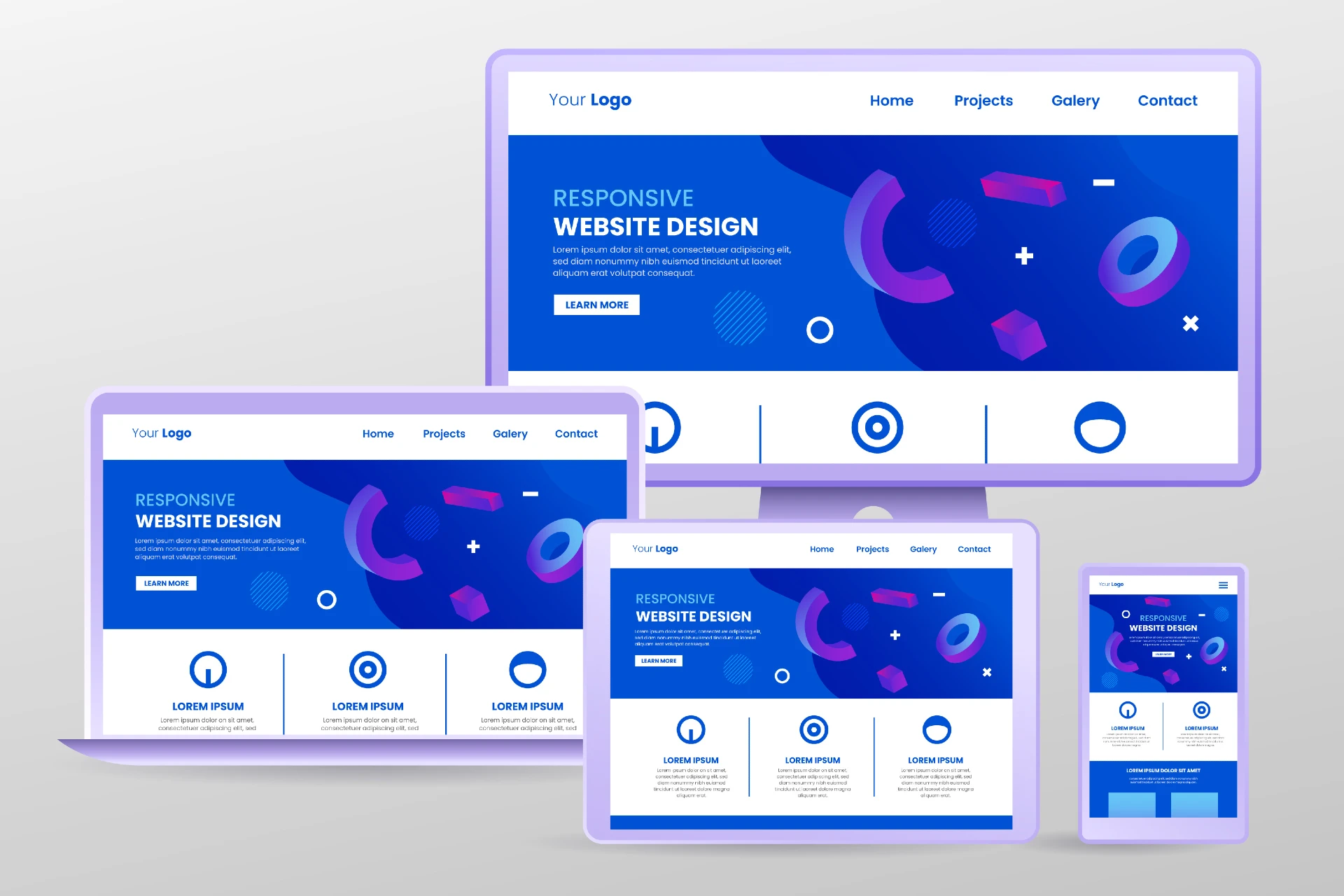In this modern digital age website design for online stores plays a crucial role for small businesses in gaining insight, interacting with customers, scrutiny feedback, and analyzing industry trends and preferences. A good website design attracts customers to surf the site and directs them to buy a product or service. Sometimes a good website design becomes a style statement for a brand where people usually refer to the website as part of their standard of living or choice. Therefore let’s dive into this topic to understand the top 10 essential website design elements for small businesses.
Top 10 Essential Website Design Elements for Small Businesses
Here are the top 10 most significant elements that boost the overall website functionality and increase your ROI with fabulous appealing website features.
1. Mobile Responsiveness

There is no doubt in this fast technologically advanced world where data sharing has become so easy that everyone wants to consume data as quickly as possible and it has been observed that people prefer sophisticated easy-to-carry smart devices for instance a smartphone. A smartphone is a mini-computer and is becoming more powerful. Thus, a mobile responsive website design is the most important element. There are mainly 8 reasons why it is so important those are mentioned below:
1.1. SMM Integrated Mobile Responsive Website Design
Mobile Responsiveness website design is necessary for social media marketing. In social media marketing where you promote your services, products, etc more attractively and creatively to appeal to your visitors to visit your site. Therefore obviously your visitors want to open your site on their smartphone to get a quick overview.
1.2. To Catch Their Interest or User Retention
Once the visitor arrives on your site the next step will be to catch their interest. According to a report, a visitor only takes 6-8 seconds to get a quick glimpse of your site, and if your site is not mobile responsive then according to another report small businesses face about 7% loss of possible leads monthly.
1.3. Popularity of Mobile Responsiveness Website
After putting effort into creating the best website design the visitors leaving the website quickly could be heart-shattering. Still, the fact remains the same without considering mobile responsiveness while building a good website from scratch can decrease daily visitors and affect the ROI. According to stats about 70% of people prefer quick responsive mobile website design because nobody has free time to sit quietly and look at your website.
1.4. The Stats of Smartphone vs Computer Internet Users
It was observed from a recent report that the share of smartphone users increased by 4.01% from 56.65% to 60.66% over a year. A recent report shared by Datareportal that 50.9% of adults use smartphones over desktops for online shopping or acquiring services globally. Therefore it became logical that smartphones are making drastic changes to look for any website within their hands without going for a bulky desktop.
1.5. The Stats related to Internet Access
A recent report from Statistica shared interesting data regarding the most preferred devices for internet usage. In the first quarter of 2024, it was recorded that about 93.7% globally access the internet via smartphone, and the rest 62.2% access the internet via laptop.
1.6. The First Impression
It was observed that about 50.48% of website traffic is driven from mobile. It’s essential to make website design mobile-friendly. Because about 90% of people judge a website based on its color, functionality, and design.
1.7. Generating ROI From Mobile
Mobiles and smartphones have become a day-to-day necessary item for any person. A person often uses mobile phones to get quick information about a product, website, etc. In a recent report, about 50% of the ROI is generated from mobile devices via e-commerce platforms. Because the interface became easy to navigate while searching for any item or checking the price of a product online quickly, for comparison.
1.8. Google Emphasis Responsive Websites
Very few people know that Google often prioritizes mobile-friendly website design. More than 80% of people preferred mobile sites rather than desktop sites. Thus, people tend to get more information in a quick and crisp format for quick decisions. However, a report, observed that about 50-55% of the conversion comes from desktop sites.
2. Engaging and Clear Calls-to-Action
A website design without a clear call-to-action layout is just a good portrait. Content plays the most important role in engaging users in making calls to action. A clear CTA is integrated to enhance the user experience. According to a report, a clear CTA can boost conversion by 161% and increase the click-through rate by 90%.
Tips to Improve:
2.1. Have a clear and concise CTA
2.2. Integrate more actionable words
2.3. Use more power words
2.4. Make a Personalized sense of urgency remarks
2.5. Put the CTA button strategically between the content and mobile-friendly.
3. Branding and Aesthetic Consistency
Aesthetic consistency refers to a type of brand consistency where a brand needs to maintain the aesthetic visual style across all the platforms from the brand touchpoint. This element is important to connect the brand with customers. A good website design always maintains relevant aesthetic consistency to keep the customer engaged with the brand’s idea.
Tips to improve the Branding and Aesthetic Consistency
3.1. Use a combination of premium color palettes.
3.2. Build a visual library to access various social media channels.
3.3. Take feedback regarding your website interface to improve the website’s aesthetic functionality.
4. High-Quality Visual Content
In this digital era, people tend to prefer more toward visually appealing content. Visually appealing content is more accurate to deliver the message clearly to the user. According to a report messages delivered through visually appealing posts drive about 650% more engagement and people remember 80% more rather than text content.
Tips to improve High-Quality Visual Content:
4.1. Create visually appealing content on popular topics.
4.2. Add humor to the content to increase engagement by up to 70%.
4.3. Use different formats of visual content.
5. Search Engine Optimization
SEO is the backbone element of a good website design. You won’t believe but according to Google’s algorithm, there are more than 200 factors where Google bots evaluate the SEO functionality of a website. The top three factors are the integration of good backlinks, high-quality content (both visual and textual), and lastly the user experience. However, the Google bot also evaluates the site’s navigation and responsiveness. Tips to improve create an SEO checklist.
6. Social Media Integration

Using social media platforms as a foundation for promotion is known as social media integration. The most common places are websites, email, messages, eCommerce software, etc. Social media integration in a website design means automating and interconnecting social media updates by using smart tools to improve the user experience.
Tips to Improve SMI;
6.1. Use verified social buttons and place them at the bottom or the top.
6.2. Strategically upload UGC or user-generated content.
6.3. Embedded social media posts into your website design.
7. Customer Testimonials and Reviews
This is one of the most underrated elements in a website design. Giving space for feedback to your visitor helps you to learn many unknown insights and tastes of the customers. Customer testimonials are used as powerful tools to deliver a sales pitch strategy. According to a report having honest positive customer reviews increases trust and credibility by 70%.
8. Contact Information and Lead Capture
Capturing information regarding potential leads is the credibility of a good website design. Users leaving their information for subscription shows trustworthiness and eventually drives conversion. Tips to get more information and lead capture;
8.1. Provide a free e-book
8.2. Lead capture forum
8.3. An informational guide
8.4. Give a free demo pass
8.5. Discount offers
8.6. A free trial or free online classes
9. Security and Privacy Assurance
In a good website design security and privacy assurance are always big concerns in this digital era. Technology keeps improving and illegal data hacking practices are also increasing. According to a report 94% of the people denied any online business transaction for not having a proper data protection policy. Also, about 90% of the people refused to use any website, because of not having 98% data protection or transparent policy.
Tips to improve security and privacy assurance:
9.1. To authenticate and encrypt data sent back and forth between the browser and the server.
9.2. Use HTTPS to update your software and safety patches often.
9.3. Demand complicated passwords that you change often.
9.4. Limit the managerial power of administrators.
9.5. Modify the default configuration.
9.6. Make a file backup.
9.7. Make a strategy for your recuperation.
9.8. Employ a firewall for web applications (WAF).
9.9. Put multi-factor authentication into practice (MFA).
9.10. Conduct security audits and log monitoring regularly.
10. Analytics and Tracking Tools
Many small business websites forget to integrate analysis tools to track visitor activity. Integrating analytic and tracking tool in a good website boost insight accessibility and integrating additional analytical tools helps to gain hidden data regarding user behavior while visiting your site.
Conclusion
In today’s digital world, a well-designed website is an indisputable game-changer for small businesses. Essential components like mobile responsiveness, compelling calls-to-action, and constant branding consistency create a strong powerful website design. Small companies may improve user experience and considerably increase conversions by giving priority to these factors, which will result in an impressive return on investment. To be competitive in the ever-evolving digital marketplace, firms must constantly improve and optimize key design components.




